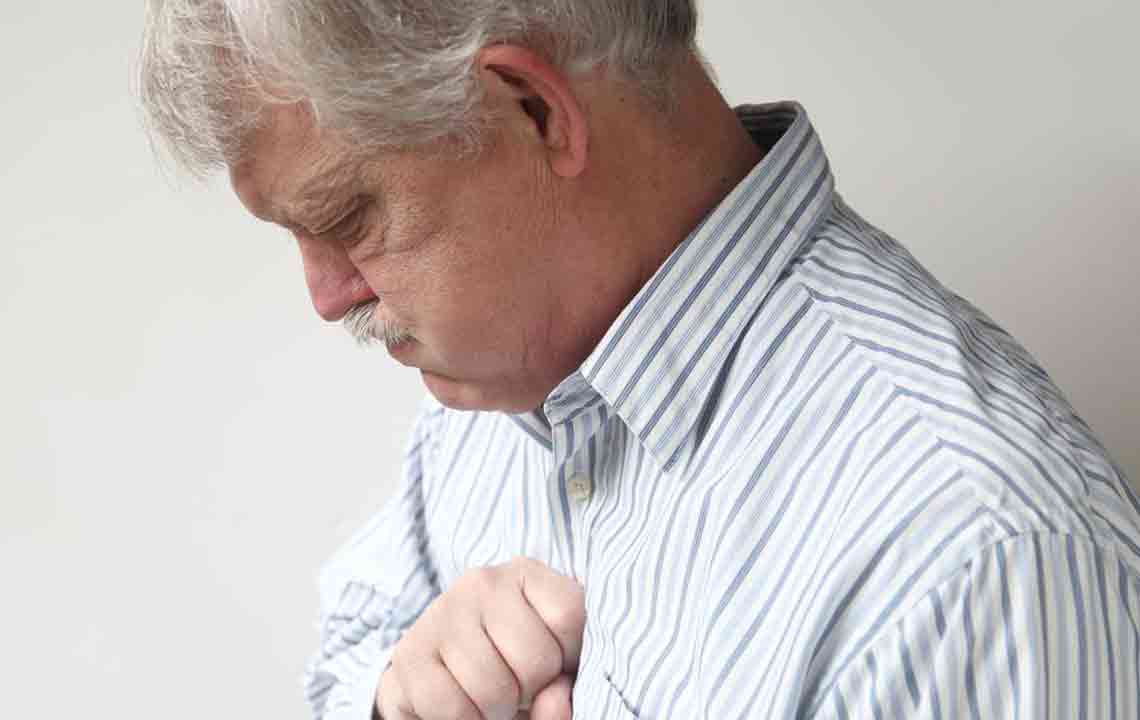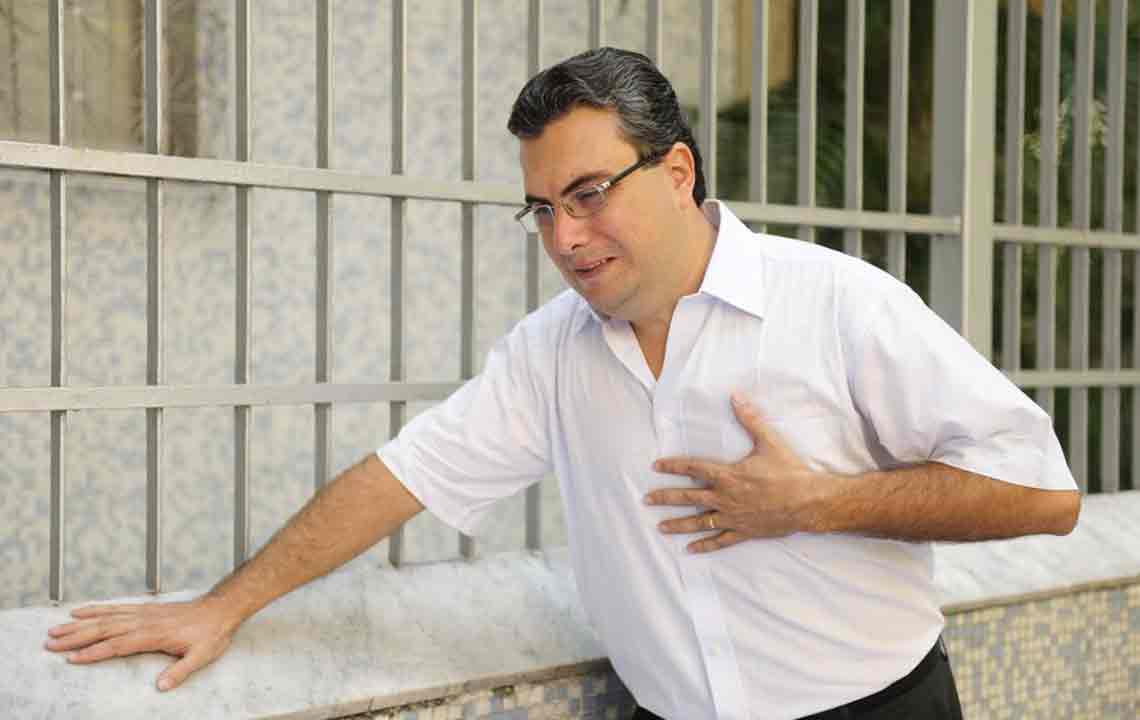Early Warning Signs of Stroke You Must Recognize
Learn to identify early stroke symptoms with the FAST method. Recognizing signs like face drooping, arm weakness, slurred speech, and sudden vision changes can save lives. Immediate action by calling emergency services is crucial for effective treatment and better recovery outcomes. Understand the types of strokes and their warning signs to be prepared and act swiftly in emergencies.
Sponsored

Stroke ranks among the top causes of death worldwide and is a leading cause of long-term disability. According to the CDC, more than 795,000 people experience a stroke annually. Risk factors like high blood pressure, elevated cholesterol, and diabetes increase the likelihood, yet many affected individuals do not have these conditions. Recognizing early stroke symptoms is vital for prompt treatment, which can significantly improve outcomes and save lives.
Understanding what a stroke is helps in early detection. A stroke happens when blood flow to the brain is interrupted, depriving brain tissue of oxygen. This can lead to brain cell death and functional impairments. Prompt medical intervention is crucial to reduce damage and prevent irreversible consequences.
Ischemic stroke
Hemorrhagic stroke
Mini-stroke (Transient Ischemic Attack)
Types of Stroke
An ischemic stroke, the most frequent form, occurs when blood vessels become blocked, often due to fatty deposits or clots. Hemorrhagic strokes happen when arteries rupture, spilling blood into the brain tissue, causing pressure and damage. A transient ischemic attack, or mini-stroke, is a temporary blockage that often precedes more severe strokes if left untreated. Recognizing these types aids in timely response and prevention.
Common Warning Signs
Early indicators can include sudden weakness or numbness on one side of the body, trouble speaking or understanding speech, blurred or double vision, and severe headaches. Individuals may also experience dizziness, loss of balance, confusion, or inability to walk properly. These signs require immediate attention to prevent lasting neurological damage.
Actions to Take
Use the FAST method to identify potential strokes quickly:
F – Face: Check if one side of the face droops when smiling.
A – Arms: Ask the person to raise both arms and see if one drifts downward.
S – Speech: Listen for slurred or strange speech when repeating a sentence.
T – Time: Call emergency services immediately if symptoms are present and note when they began.
Every second matters in stroke treatment. Do not attempt to drive someone to the hospital—call emergency services so trained professionals can start life-saving procedures en route. Educating oneself about early symptoms can make a critical difference between recovery and severe disability or death.





